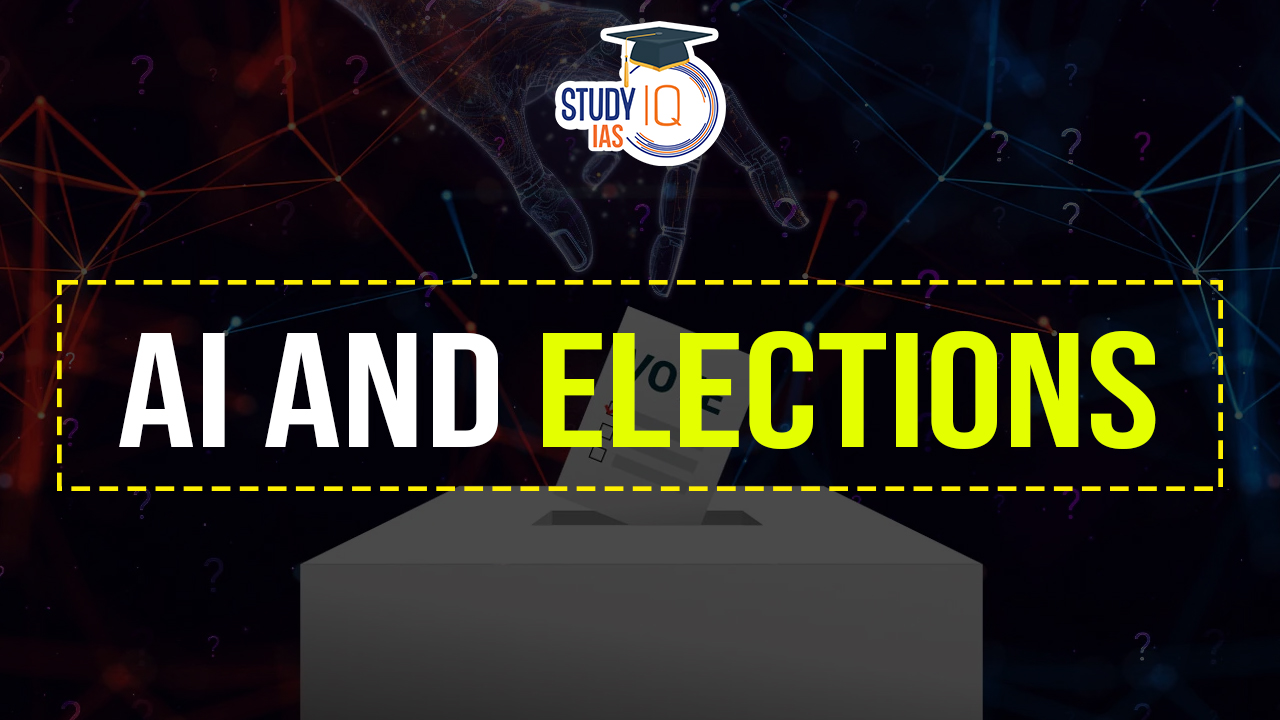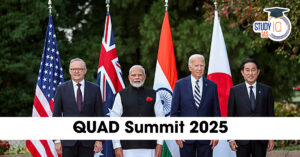Context: OpenAI officials met with the Election Commission (EC) to discuss preventing the misuse of their platform during the upcoming Lok Sabha elections and to explore potential collaborations.
Concerns Related to AI
- Disinformation and Deepfakes: AI can generate realistic images, videos, and audio recordings that are indistinguishable from real ones. This capability can be used to create fake news or misleading content about candidates or issues.
- Example: A report released by the British non-profit Center for Countering Digital Hate (CCDH) found that AI image tools generate election disinformation in 41% of cases.
- AI-Driven Influence Campaigns: AI can be employed to automate the creation and dissemination of targeted propaganda and misinformation at scale, exploiting social media algorithms to amplify divisive content.
- Manipulation Through Personalized Content: AI tools can analyse vast amounts of data to generate highly personalised messages that target individuals’ specific fears, biases, or beliefs.
- This could lead to scenarios where voters receive customised disinformation designed to deter them from voting or to influence their voting choices based on manipulated content.
- Phishing and Security Threats: AI-enhanced phishing efforts could trick election officials or voters into divulging sensitive information, compromising election security.
- A sophisticated AI-generated email or message could impersonate a trusted official or organisation, asking recipients to click on a malicious link or provide confidential information.
- Voter Suppression: AI-generated content could be used to spread misinformation about voting procedures, polling locations, and eligibility requirements, aiming to confuse or intimidate voters.
- Erosion of Trust: The mere existence of AI-generated content can foster a general atmosphere of distrust, where people question the authenticity of all information.
- This phenomenon, known as the “liar’s dividend,” suggests that when fake content is so easily produced, the public may become sceptical even of genuine information, leading to a breakdown in the credibility of election-related communications.
- Bias in AI Applications: AI systems used in elections, such as those for verifying mail ballot signatures or maintaining voter registration databases, could exhibit bias due to the data they were trained on.
- Impact on Election Workers: The use of AI in spreading misinformation can lead to harassment or threats against election officials, who may be falsely accused of wrongdoing in fabricated stories or videos.
- The increased pressure and scrutiny could make the administration of elections more challenging.
We’re now on WhatsApp. Click to Join


 SSC MTS Salary 2025, Check Highest Salar...
SSC MTS Salary 2025, Check Highest Salar...
 F-35 Fighter Jet Stranded in Kerala: Dis...
F-35 Fighter Jet Stranded in Kerala: Dis...
 Quad Summit 2025: Key Announcements, Str...
Quad Summit 2025: Key Announcements, Str...





















